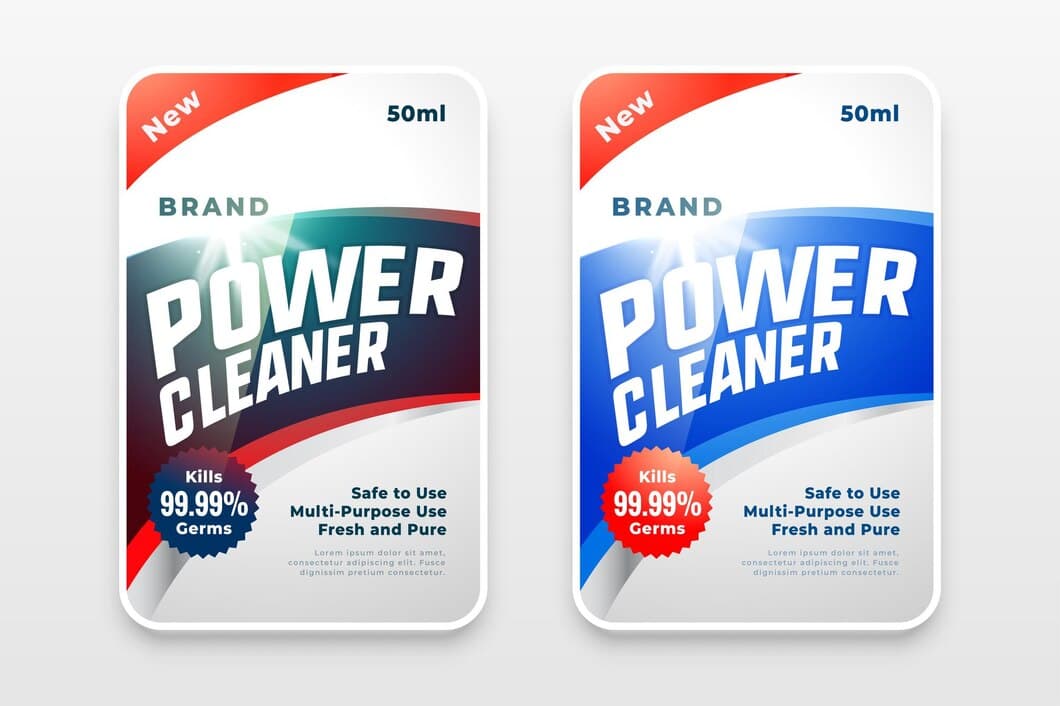What Are Low End Brands?


What is a low-end brand?
A low-end brand is a brand that is perceived to be of lower quality and value than other brands in the same category. Low-end brands typically offer products and services that are priced lower than those of their competitors, and they often have a less sophisticated marketing strategy. Some of the defining characteristics of a low-end brand include a lack of differentiation, a focus on price rather than quality, and a limited distribution network.
Low-end brands often target consumers who are looking for value and affordability. They may also appeal to consumers who are not familiar with the category and are looking for a basic product that will meet their needs. Some examples of low-end brands include budget airlines, discount clothing stores, and generic food products.
Low-end brands can be successful if they can find a niche market and meet the needs of their target consumers. However, they must be careful not to alienate consumers who are willing to pay more for higher quality products and services. Low-end brands must also be aware of the potential risks associated with their strategy, such as brand erosion and loss of market share.
What are the characteristics of low-end brands?
Low-end brands often have a limited product range, with a focus on basic functionality rather than innovation or design. They typically use lower-quality materials and components, which can result in products that are less durable and reliable. Low-end brands may also have limited customer support and warranties, as they prioritize cost-effectiveness over customer satisfaction.
In terms of marketing and branding, low-end brands often rely on mass advertising and promotions to reach their target audience. They may use simple and straightforward messaging, with an emphasis on affordability and value for money. Low-end brands may also use celebrity endorsements or influencers to promote their products, but they typically have a smaller marketing budget compared to higher-end brands.
Overall, low-end brands cater to consumers who prioritize affordability and basic functionality over premium features or brand prestige. They offer a cost-effective alternative to higher-end brands, but may have limitations in terms of product quality, customer support, and marketing efforts.
Why do people buy low-end brands?

What are the advantages of low-end brands?

Low-end brands offer several advantages. Firstly, they are typically more affordable than their high-end counterparts, making them a more accessible option for budget-conscious consumers. Secondly, low-end brands often place a greater emphasis on value for money, offering products that are durable, reliable, and functional. Finally, low-end brands can be a good option for consumers who are not concerned with status or prestige and prioritize practicality above all else.
Another advantage of low-end brands is that they are often more willing to take risks and experiment with new products and designs. This can lead to innovative and unique products that may not be available from high-end brands. Additionally, low-end brands are often more responsive to customer feedback, as they rely heavily on word-of-mouth marketing to attract new customers.
Finally, low-end brands can be a good option for consumers who are looking for sustainable and environmentally-friendly products. Low-end brands often use recycled materials and sustainable practices in their manufacturing processes, making them a more ethical and environmentally-conscious choice.
What are the disadvantages of low-end brands?
One of the biggest disadvantages of low-end brands is that they often lack the quality and durability of their more expensive counterparts. This can lead to products that break or fail more easily, resulting in wasted money and frustration. For example, a low-end pair of shoes may not last as long as a more expensive pair, or a low-end appliance may not perform as well or last as long as a more expensive model.
Low-end brands also often have fewer features and options than their more expensive counterparts. This can make them less versatile and less useful, depending on the individual's needs. For example, a low-end car may not have the same safety features or the same fuel efficiency as a more expensive car. Or, a low-end laptop may not have the same processing power or storage capacity as a more expensive model.
Are low-end brands worth buying?
Low-end brands are often associated with lower quality and durability. However, there are some low-end brands that offer surprisingly good products at affordable prices. These brands often focus on producing essential products without any unnecessary features or frills. As a result, they can keep their costs down and pass the savings on to consumers.
Whether or not a low-end brand is worth buying depends on your individual needs and budget. If you are looking for a basic product that will get the job done, then a low-end brand may be a good option. However, if you are looking for a product that will last for many years, then you may want to consider spending more money on a higher-end brand.
How to identify low-end brands?
One indicator of a low-end brand is the use of low-quality materials. This can be evident in the construction of the product, the materials used, or the overall finish. Products made with cheap materials are likely to break, malfunction, or wear out more quickly than those made with higher-quality materials.
Another sign of a low-end brand is poor customer service. This can include slow or unresponsive communication, unhelpful or rude representatives, and a lack of support for products after purchase. Brands that do not value their customers are likely to provide poor service, which can be a major turnoff for consumers.
Low-end brands often rely on aggressive marketing tactics to attract customers. This can include sales, discounts, and promotions. While these tactics can be effective in attracting price-sensitive consumers, they can also be a sign of a brand that is struggling to compete on quality and value.
Examples of low-end brands
Examples of low-end brands include those that offer products at a lower price point than their competitors. These brands often use lower-quality materials and components in their products, which can result in a shorter lifespan or decreased performance. Some examples of low-end brands include:", "low-end brands", 2.73%)
• Fast fashion brands such as H&M, Zara, and Forever 21", "low-end brands", 2.73%)
• Discount stores such as Dollar General and Family Dollar", "low-end brands", 2.73%)
Tips for buying low-end brands
When it comes to low-end brands, there are a few things you can do to get the most for your money. First, do your research. Read reviews and compare prices from different retailers to make sure you're getting the best deal. Second, don't be afraid to haggle. Many retailers are willing to negotiate on price, especially if you're buying multiple items. Finally, consider buying used items. You can often find great deals on used low-end brands at thrift stores or online marketplaces.
One of the main benefits of buying low-end brands is that you can save a lot of money. Low-end brands often offer the same basic features as higher-end brands, but at a fraction of the cost. This can be a great way to get the items you need without breaking the bank.
Another benefit of buying low-end brands is that you can find some great deals on unique items. Low-end brands are often more willing to take risks with their designs, which can lead to some really interesting and unique products. So, if you're looking for something different, be sure to check out low-end brands.
Frequently Asked Questions
Why do we refer to some brands as low end brands?
Brands are labelled as low-end or entry-level because they have lower prices than other brands in the same category. These brands often have more affordable manufacturing materials and simpler designs.
What are some common characteristics of low end brands?
Low end brands often focus on affordability and functionality, rather than style or status. They may use less expensive materials and components, and their products may have simpler designs.
Are low end brands always inferior to high end brands?
Not necessarily. While low end brands may not have the same level of quality or prestige as high end brands, they can still offer good value for money. Some consumers may prefer low end brands because they are more affordable or because they don't need all the features offered by high end brands.
Is it important to do background research before purchasing a low end branded product?
Yes. It is important to do your research to make sure that you are getting a product that is worth your money. Read reviews of products from different brands, and compare prices to make sure that you are getting the best deal.
To Sum Up
To sum up, low-end brands often offer a limited selection of products and may have a narrower focus on specific niches. They typically have lower marketing budgets and may rely more on word-of-mouth or online reviews to generate sales. While low-end brands may not have the same level of recognition or prestige as high-end brands, they can still be successful by providing consumers with a cost-effective option that meets their basic needs.
In conclusion, low-end brands play an important role in the market by offering consumers a more affordable alternative to high-end brands. They may not have the same level of quality or prestige, but they can still provide consumers with a satisfactory product at a lower price.